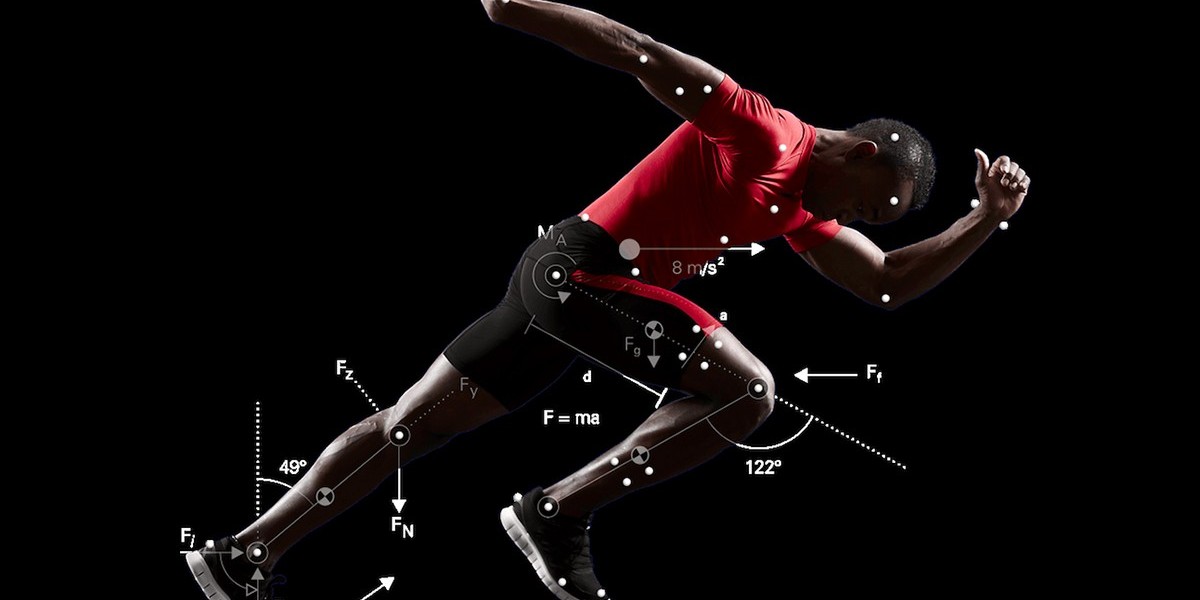Motion analysis in biomechanics serves as a pivotal tool for understanding, quantifying, and optimizing human movement patterns. By employing various techniques and technologies, researchers and professionals can gain insights into the mechanics of motion, muscle function, joint dynamics, and overall performance. Here's why motion analysis is crucial:
Understanding Movement Patterns: Motion analysis helps researchers and practitioners understand the intricate details of how joints, muscles, and bones interact during specific movements. This understanding can lead to improvements in performance, injury prevention, and rehabilitation strategies.
Quantitative Assessment: Through motion analysis, biomechanists can quantify various parameters such as joint angles, velocities, forces, and moments. This quantitative data provides objective measures that can be used for comparisons, evaluations, and interventions.
Optimizing Performance: In sports, motion analysis is instrumental in optimizing athletic performance. By analyzing an athlete's movement patterns, coaches and trainers can identify areas for improvement, refine technique, and develop personalized training programs.
Injury Prevention and Rehabilitation: Motion analysis plays a crucial role in identifying biomechanical risk factors that may predispose individuals to injuries. Moreover, in rehabilitation settings, it helps therapists assess movement deficits, track progress, and design tailored rehabilitation protocols.
Contribution to Understanding Human Movement
Motion analysis contributes significantly to our understanding of human movement by:
Identifying Biomechanical Principles: Through motion analysis, biomechanists can identify fundamental principles governing human movement, such as the principles of leverage, balance, coordination, and efficiency.
Modeling and Simulation: By analyzing motion patterns, researchers can develop computational models and simulations to predict how changes in biomechanical parameters affect movement outcomes. This modeling approach aids in hypothesis testing and theoretical advancements.
Clinical Insights: In clinical settings, motion analysis provides valuable insights into movement disorders, musculoskeletal injuries, and neuromuscular conditions. By analyzing aberrant movement patterns, clinicians can diagnose conditions, prescribe interventions, and monitor progress.
Examples and Applications
Sports Performance Analysis: In sports like track and field, biomechanists use motion analysis to evaluate sprinting techniques, jumping mechanics, and throwing motions. For example, high-speed cameras and motion capture systems can capture intricate details of an athlete's stride, arm motion, and force production, enabling coaches to refine techniques and enhance performance.
Rehabilitation: In physical therapy settings, motion analysis is employed to assess patients' movement deficits following injuries or surgeries. For instance, after knee surgery, therapists may use gait analysis to evaluate walking patterns, joint kinematics, and muscle activation patterns. Based on these findings, they can develop targeted rehabilitation exercises and interventions to restore optimal function.
Orthopedic Surgery Planning: Motion analysis is also used in preoperative planning for orthopedic surgeries. By analyzing patients' movement patterns and joint kinematics, surgeons can make informed decisions about surgical procedures, implant selection, and postoperative rehabilitation strategies.
In conclusion, motion analysis is a cornerstone of biomechanics, providing invaluable insights into human movement, performance optimization, injury prevention, and rehabilitation. By employing advanced technologies and analytical techniques, researchers, clinicians, and coaches can advance our understanding of biomechanics and enhance the quality of care and training in various fields.








